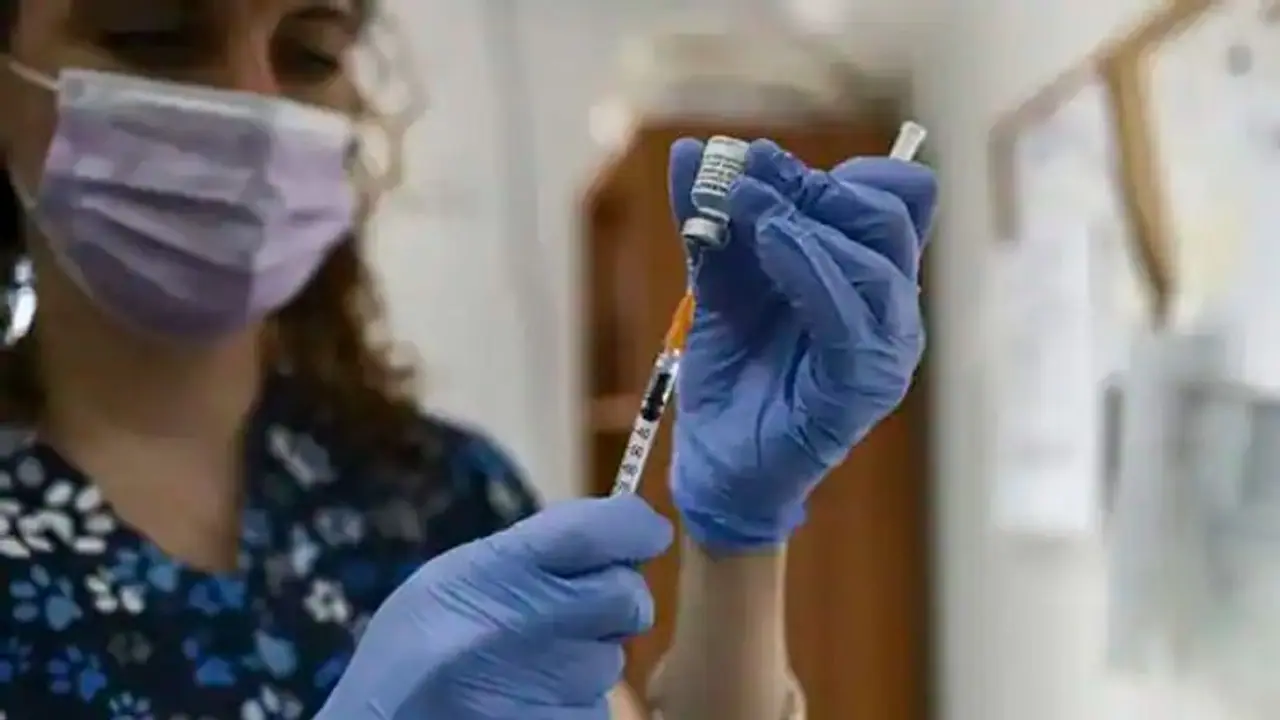The findings, published in the journal Sustainable Cities and Society, imply that physical distance alone is insufficient to minimise human exposure to inhaled aerosols. Other management techniques, such as masking and proper ventilation, should be used in addition.
According to a study, the physical separation of two metres (about six and a half feet) may not be enough to prevent the transmission of virus-carrying airborne particles indoors.
The findings, published in the journal Sustainable Cities and Society, imply that physical distance alone is insufficient to minimise human exposure to inhaled aerosols. Other management techniques, such as masking and proper ventilation, should be used in addition. The researchers looked at three things: the amount and rate of air ventilated through space, the interior airflow pattern associated with various ventilation systems, and the aerosol emission mode of breathing versus talking.

They also studied the transport of tracer gas, which is commonly used to check for leaks in airtight systems, and human respiratory aerosols with sizes ranging from one to ten micrometres. S-CoV-2, the virus that causes COVID-19, can be carried by aerosols in this range. "We wanted to see if virus-laden particles generated by infected people in buildings could travel through the air," said Gen Pei, the study's first author and a doctorate student at Pennsylvania State University in the United States.
Also Read | Study reveals brazilian viper venom might help in fighting against Coronavirus
The study found that virus-laden particles from an infected person's talking can quickly move to another person's breathing zone without a mask, even at a distance of two metres.
"This trend is more prominent in rooms with little airflow," said corresponding author and Penn State assistant professor Donghyun Rim. Aerosols moved farther and faster in rooms with displacement ventilation, in which fresh air continuously flows from the floor and pushes old air to an exhaust vent towards the ceiling, according to the study.
According to the researchers, this is the most common type of ventilation system in homes. It can result in a human breathing zone concentration of viral aerosols seven times higher than mixed-mode ventilation systems. According to the researchers, many commercial buildings use mixed-mode systems, which use outside air to dilute the internal air and improve air integration. Increasing ventilation and air mixing rates, according to the researchers, can effectively limit the transmission distance and potential buildup of exhaled aerosols. However, they did point out that ventilation and distance are simply two alternatives in a long list of protective measures.
Also Read | COVID recovered patients to suffer from fatigue, shortness of breath for a year: Study
